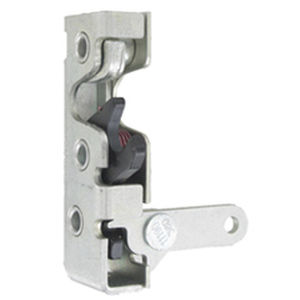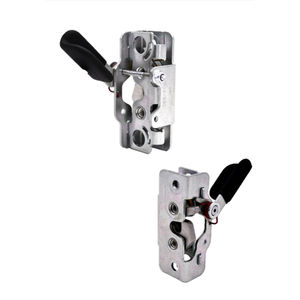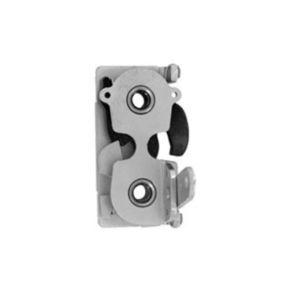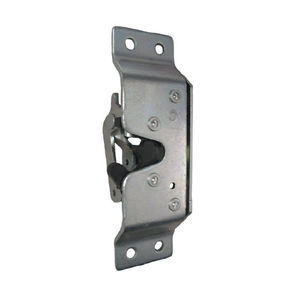
Push-to-close latch 050-0210steelstainless steelrotary
Add to favorites
Compare this product
Characteristics
- Type
- push-to-close
- Material
- steel, stainless steel
- Other characteristics
- rotary, concealed
- Applications
- for light-duty applications
Description
This single rotor latch is a sub-platform to the TriMark proven 050-0200 series latch and is designed for light to medium-duty applications for on or off highway compartments and access panels. It features a variety of trip levers and mounting axles for ease of mounting and applications.
Designed For
Thinner, light or medium weight door applications
Door weights up to 75 lbs. (34 kg)
Door seal pressures of 20-25 lbs. (9-11 kg) recommended for best results. Not to exceed 50 lbs. (23 kg)
Visible surface installation or concealed installation
Applications where it is desireable to have a single position rotor latch
Use with TriMark 070-0100 Striker Bolt
Available
Left or right hand configurations
With standard .265" (6.7 mm) diameter "thru" axles as shown, 1/4-20 UNC threaded axles or M6 x 1.0 threaded axles
Finish
Zinc plated, clear chromate steel components
Material
Internal latch components: heat treated smooth edge stamped steel
Springs: non-corrosive stainless steel
Case halves: high strength steel
Installation
(3) 1/4-20 UNC grade 5-type or M6 x 1 class 8.8 or better fasteners are recommended
Vertical mounting with support ramp at top is required for proper alignment and subsequent engagement of locking pawl and striker bolt
Tighten to the fastener manufacturers' recommended torque value, however, do not exceed 120 in-lbs. (13.3 N-m)
Internal Lubrication
Oven-cured dry lubricant is applied on all critical moving parts
Caution: Single position rotary latches do not comply with FMVSS 206 (ECE R11) requirements.
Catalogs
Full-Line Product Catalog
128 Pages
*Prices are pre-tax. They exclude delivery charges and customs duties and do not include additional charges for installation or activation options. Prices are indicative only and may vary by country, with changes to the cost of raw materials and exchange rates.







